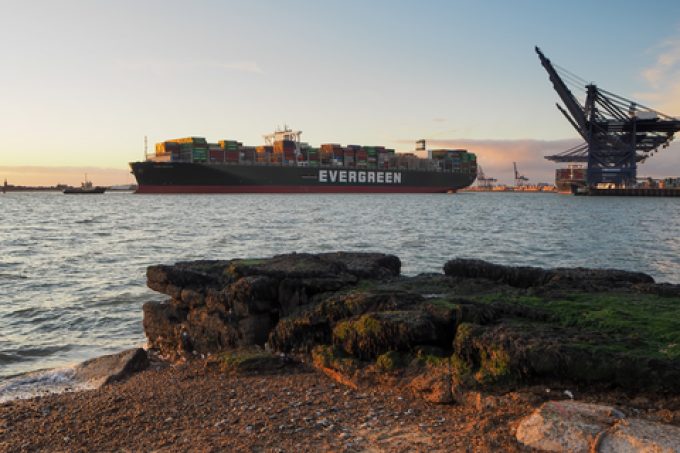UK-US trade deal brings tariff certainty – plus aerospace investment
The UK aerospace sector received two pledges of support today which should see heightened trade, ...

The UK appears to have become the hot EU ETS-dodging destination du jour, with many carriers adding a call there before going on to EU ports on Asia-Europe routes.
While the UK has its own emissions trading system (ETS), shipping will only be included from 2026 ...

Comment on this article